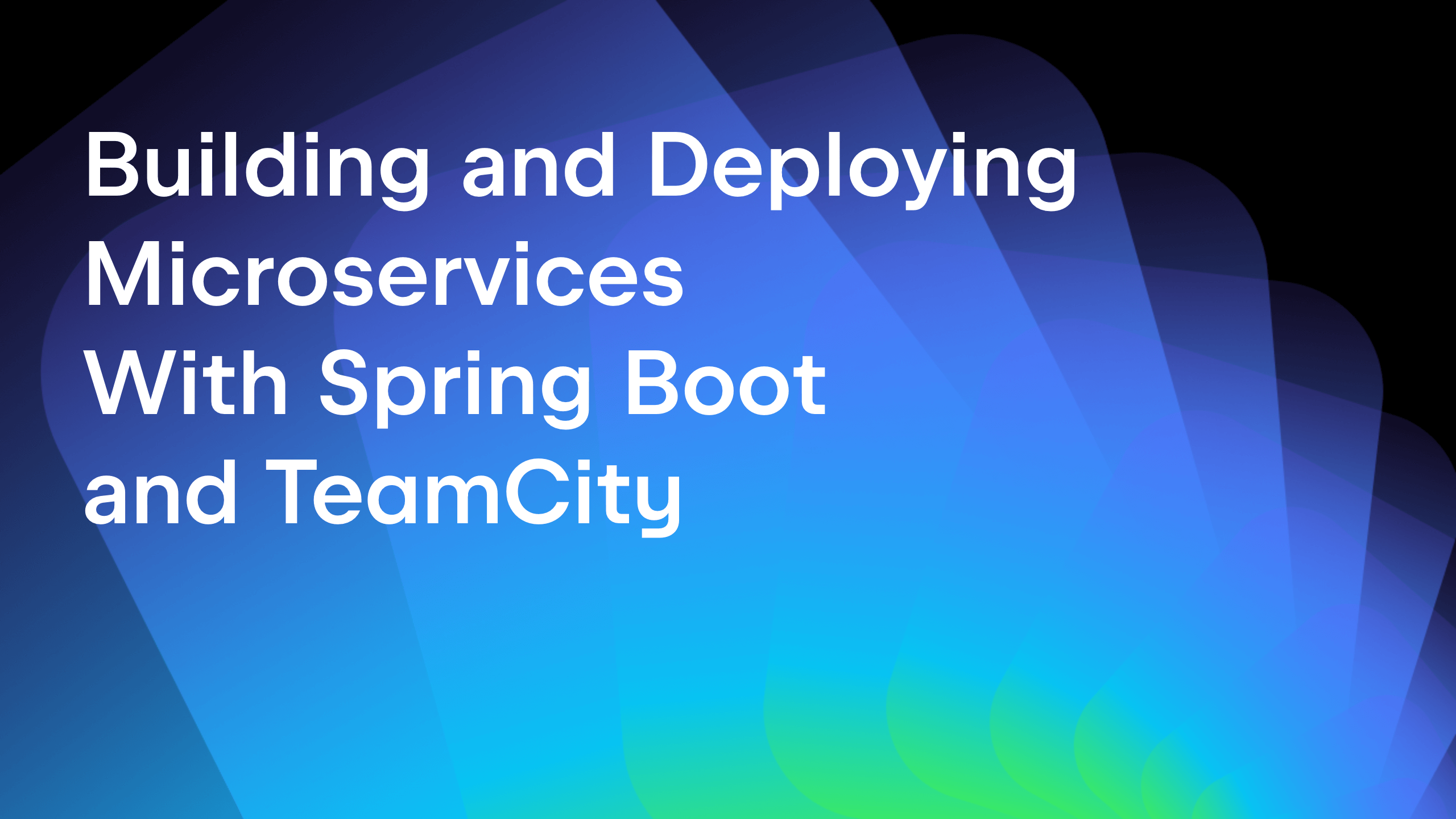TeamCity
Powerful CI/CD for DevOps-centric teams
Configuration as Code, Part 3: Creating Build Configurations Dynamically
This is part three of the six-part series on Configuration as code: Working with Kotlin to create build configurations for TeamCity.
- Getting started with Kotlin DSL
- Working with configuration scripts
- Creating build configurations dynamically
- Extending Kotlin DSL
- Using libraries
- Testing configuration scripts
We have seen in the previous post how we can leverage some of Kotlin’s language features to reuse code. In this part, we’re going to take advantage of the fact that we are dealing with a full programming language and not just a limited DSL, to create a dynamic build configuration.
Generating build configurations
The scenario is the following: we have a Maven project that we need to test on different operating systems and different JDK versions. This potentially generates a lot of different build configurations that we’d need to create and maintain.
Here’s an example configuration for building a Maven project:
version = "2018.2"
project {
buildType(BuildForMacOSX)
}
object BuildForMacOSX : BuildType({
name = "Build for Mac OS X"
vcs {
root(DslContext.settingsRoot)
}
steps {
maven {
goals = "clean package"
mavenVersion = defaultProvidedVersion()
jdkHome = "%env.JDK_18%"
}
}
requirements {
equals("teamcity.agent.jvm.os.name", "Mac OS X")
}
})
If we try to create each individual configuration for all the combinations of OS types and JDK versions we will end up with a lot of code to maintain. Instead of creating each build configuration manually, what we can do is write some code to generate all the different build configurations for us.
A very simple approach we could take here is to have two lists with the versions of OS types and JDK versions, and then iterate over them to generate the build configurations:
val operatingSystems = listOf("Mac OS X", "Windows", "Linux")
val jdkVersions = listOf("JDK_18", "JDK_11")
project {
for (os in operatingSystems) {
for (jdk in jdkVersions) {
buildType(Build(os, jdk))
}
}
}
We need to adjust our build configuration a little to use the parameters. Instead of an object, we will declare a class with a constructor that will accept the parameters for the OS type and JDK version.
class Build(val os: String, val jdk: String) : BuildType({
id("Build_${os}_${jdk}".toExtId())
name = "Build ($os, $jdk)"
vcs {
root(DslContext.settingsRoot)
}
steps {
maven {
goals = "clean package"
mavenVersion = defaultProvidedVersion()
jdkHome = "%env.${jdk}%"
}
}
requirements {
equals("teamcity.agent.jvm.os.name", os)
}
})
An important thing to notice here is that we are now setting the id of the build configuration explicitly using the id(...) function call, e.g. id("Build_${os}_${jdk}".toExtId())
Since the id shouldn’t contain any other characters the DSL library provides a toExtId() function that can be used to sanitize the value that we want to assign.
The result of this is that we will see 6 build configurations created:

Summary
The above is just a sample of what can be done when creating dynamic build scripts. In this case, we created multiple build configurations, but we could have just as easily created multiple steps, certain VCS triggers, or whatever else that might come in useful. The important thing to understand is that at the end of the day, Kotlin Configuration Script isn’t just merely a DSL but a fully fledged programming language.
Subscribe to TeamCity Blog updates





